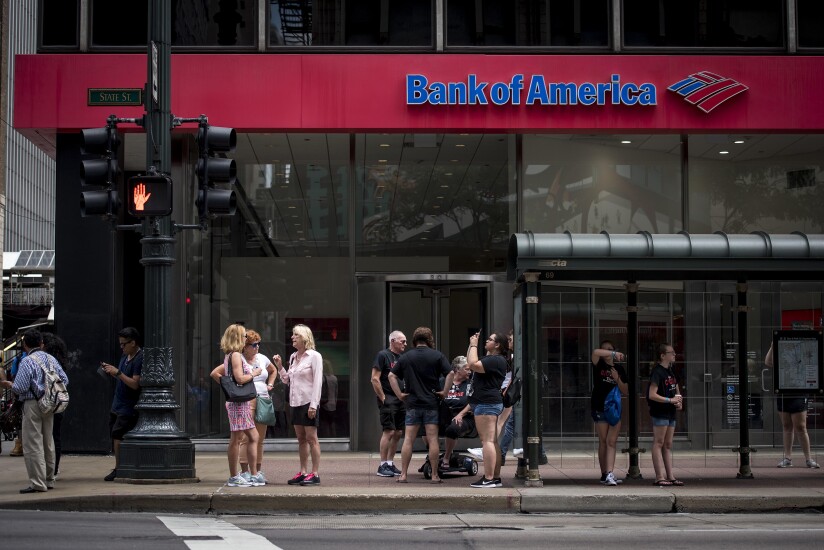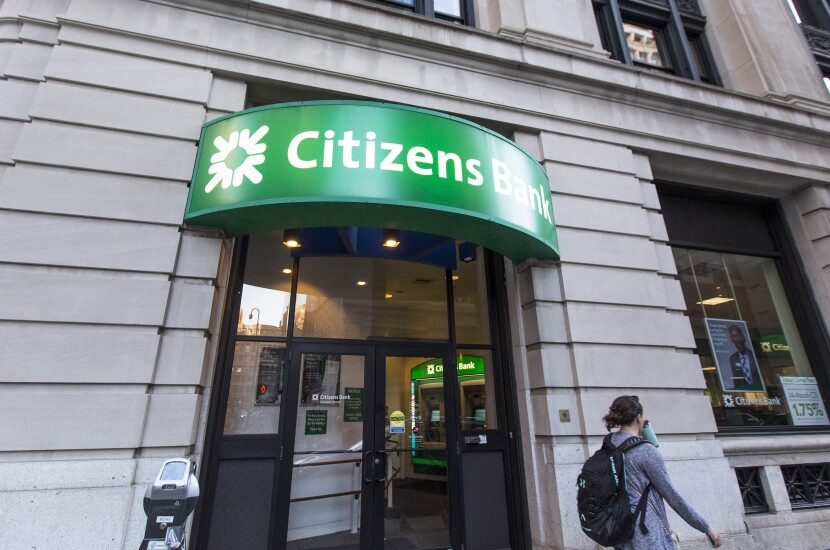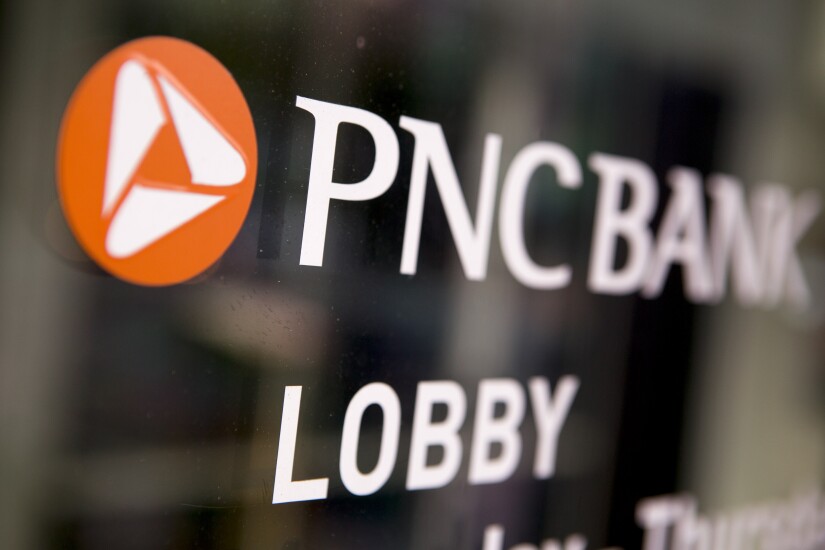Real-time payment projects are picking up steam in 2022, spurred by a push to support international transactions and an economic environment that places an onus on tying available funds to the time of need.
"Increasingly people and businesses want to know when they can get their money, and how these times can be cut down to minutes," said Harry Newman, head of banking strategy at SWIFT, which is working on several projects designed to reduce friction among the parties involved in real-time payments in different countries.
The overall market for real-time payments is expected to advance at a compound annual growth rate of 33% over the next 10 years, reaching a yearly volume of about $300 billion by 2032, according to Fact.MR, a Rockville, Maryland-based research firm.
That's attracting numerous banks, fintechs and other organizations to the market for real-time payments. Here are some examples.


















